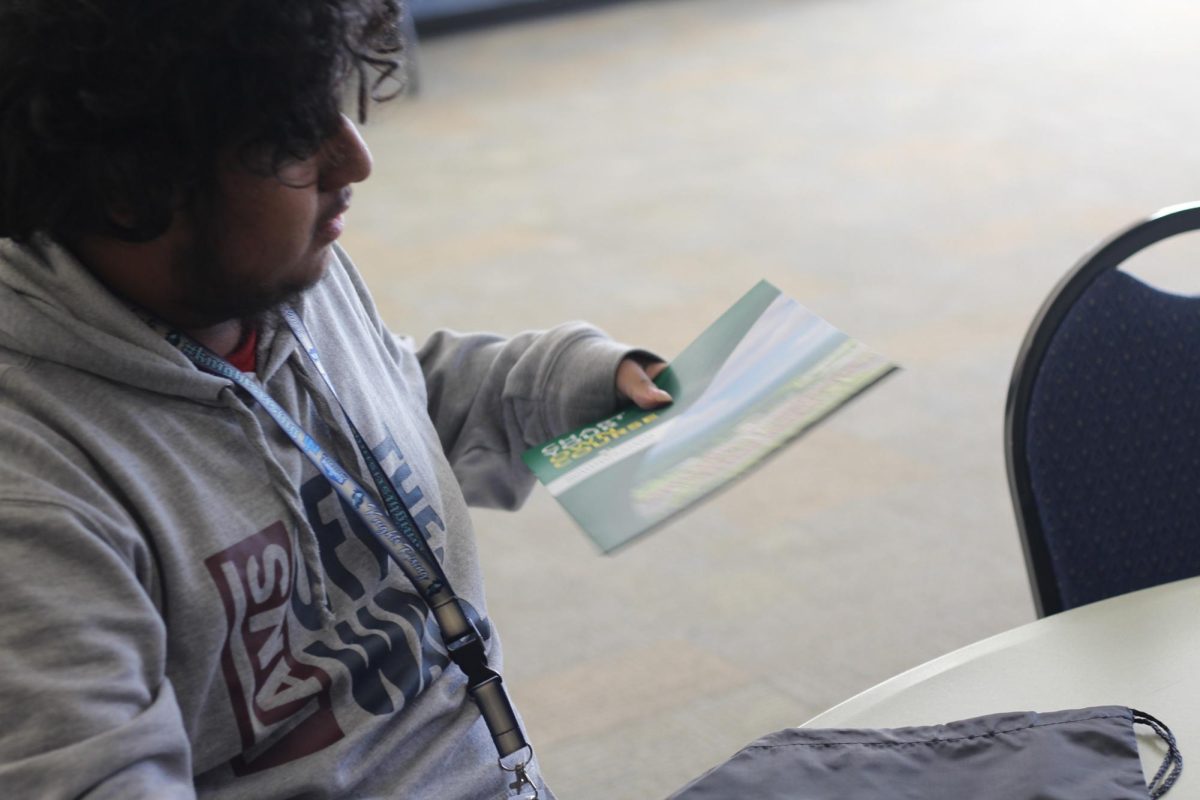
On January 11th, Jeff Hadley, the chief of the Kalamazoo Department of Public Safety (KDPS), announced that the department will be purchasing a total of 170 body cameras for officers.
Body cams (cameras) have been in the media spotlight frequently as pressure to use them has built following repeated incidents of police brutality, such as the highly controversial deaths of Eric Garner, Tamir Rice, Freddie Gray, and many, many others. Quite frequently, there is missing information in police reports thereafter. These body cams are small front-facing cameras meant to record activity at all times, thus offering an unbiased record of an officer’s day, including any arrests they make.
Although heavily debated, the decision to put body cams on police is far from unreasonable, with a staggering 1,000 people killed by police during 2015. Of those, 198 were unarmed and 36 already in police custody. Body cams are a simple addition to ensure that a citizen isn’t deprived of their rights.
Detroit, Grand Rapids, and many additional Michigan cities have begun utilizing body cameras in their public safety division. KDPS has been field testing these devices since 2014 and the positive results have led to this progression.
Besides, if the officer isn’t doing anything wrong, then why should they be worried? Although the KDPS was found guilty of racial profiling (through an independent study by Lamberth Consulting) the KDPS has a good track record and promotes transparency in its operations.
To combat negative views of police, in September KDPS along with additional West Michigan police departments joined “The Good Cop” initiative out of Kalamazoo which promotes stories of positive police encounters. Through TGC, residents have shared photos of officers helping build snowmen, playing sports, and otherwise assisting community members. The website also allows you to nominate officers for “Good Cop of the Month” and relay personal stories.
Kalamazoo’s positive relations with police are what bring the body camera usage into question. A common counter point is that body cams constant recording may backfire on citizens. With cameras, there would likely be little to no leniency for minor offenses since officers would involuntarily have video proof of incidents. Additionally, officers would lose privacy while doing everyday activities like talking with their partner, or stopping for a meal. However, these are small prices that KDPS is willing to pay in order to ensure their officers are acting within the law.
The decision to acquire body cams has been supported throughout the community. “It’s becoming a trend in the country. Anything that adds transparency [to a police department] is a good thing,” said Government teacher Michael Wright.
“It’s good that officers will always be held accountable [for their actions],” said senior Megan Youngs.
Megan Youngs, who’s mother is on the KDPS, isn’t worried about the potential reduction of leniency in issues such as jaywalking, saying “it could be an issue, but they’re just petty crimes. This could lead to important reform [regarding consequences].”
A total of 170 body cams are expected to be purchased by June, with many arriving within the next few months. Keep an eye out for them on KDPS officers along with some Kalamazoo Valley Enforcement Team officers and community policing officers.







